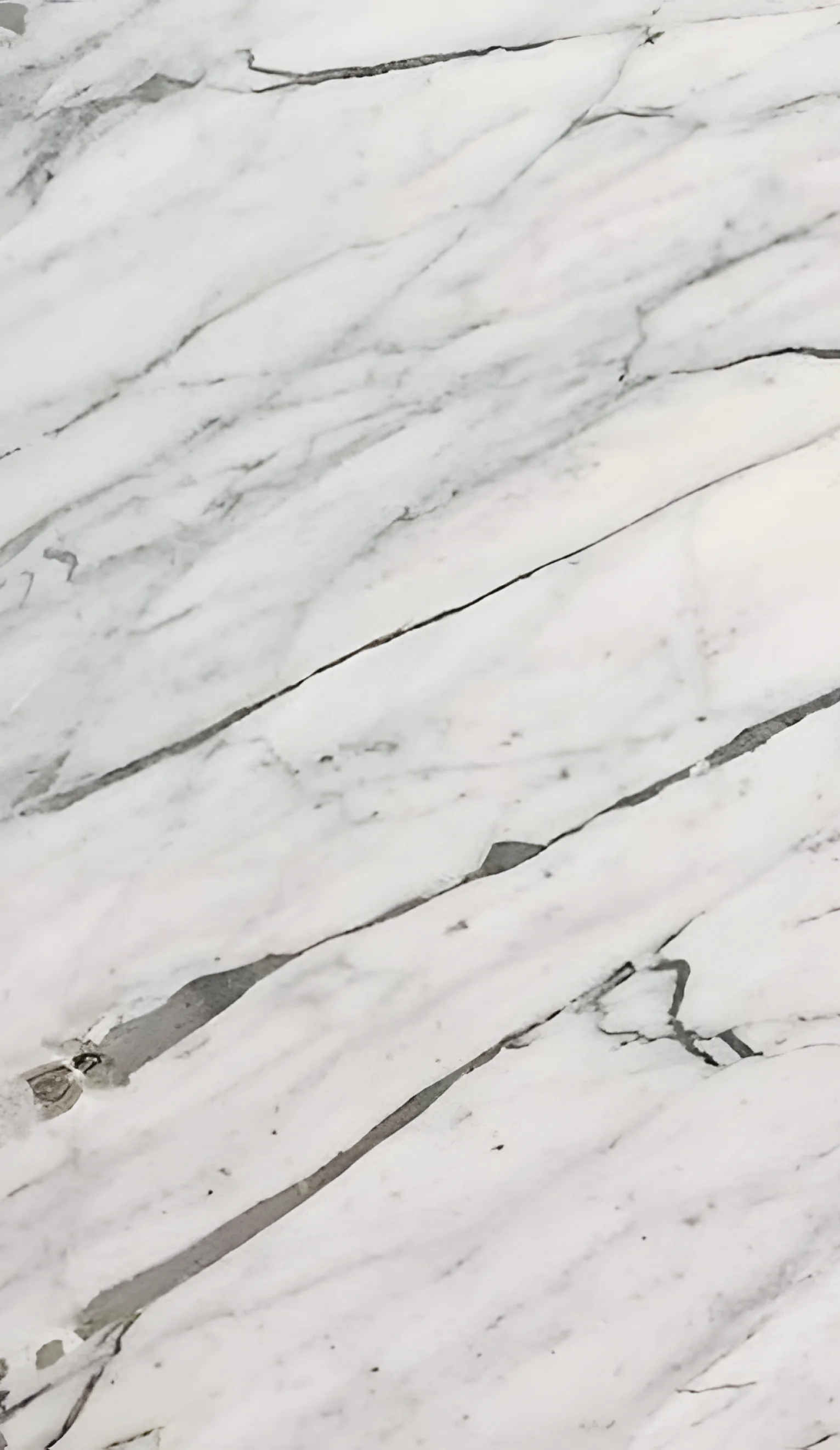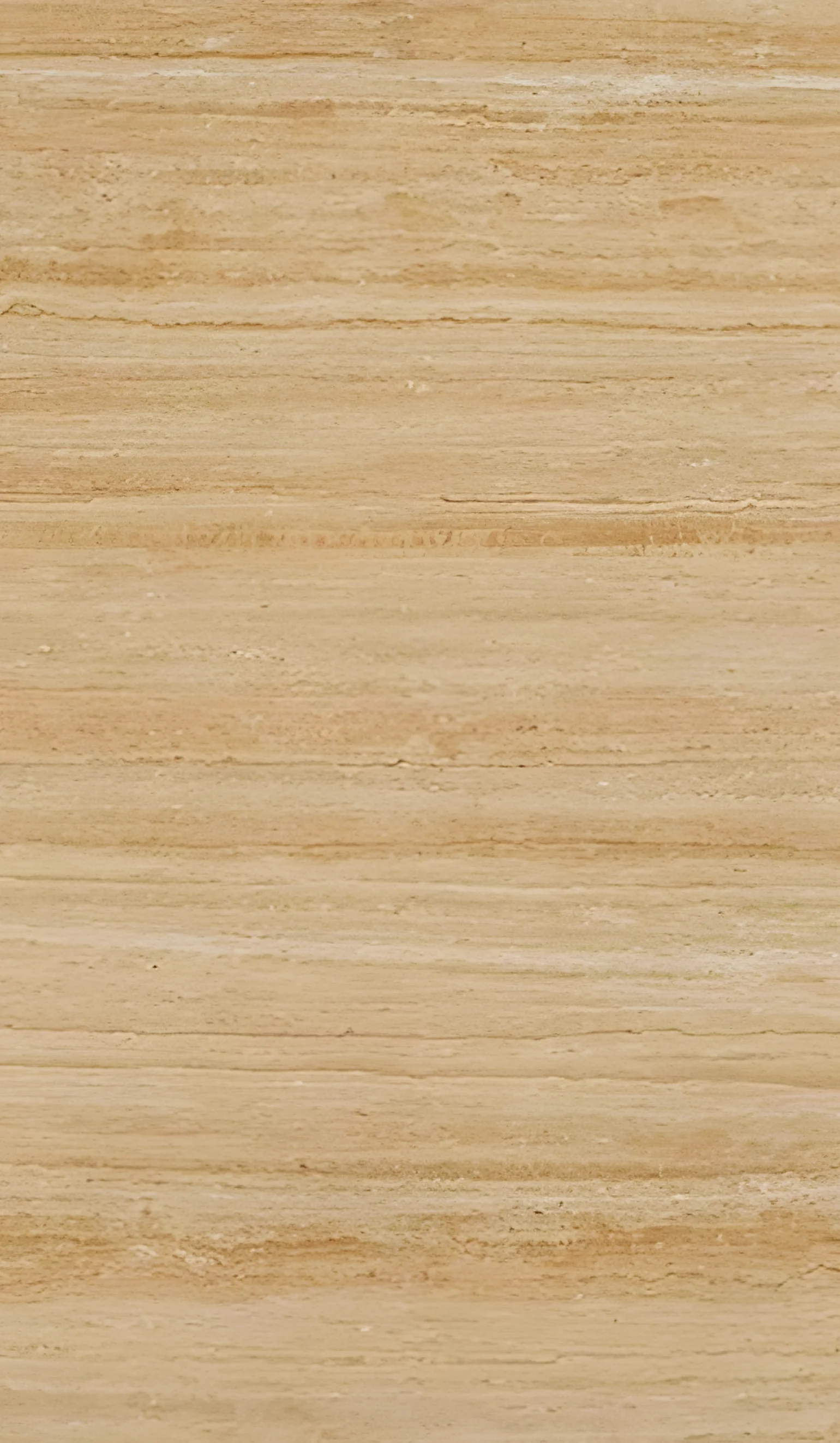In the age of sustainability and green building, the materials we use in construction and interior design are under increasing scrutiny. While marble has long been associated with luxury, opulence, and timeless beauty, many are now asking: is marble truly an eco-friendly option?
The answer lies in understanding marble’s natural properties, the process of how it’s quarried, and how it is maintained throughout its lifespan.
Natural Origin with Minimal Processing
Marble is a 100% natural material, formed over thousands of years through geological processes involving heat and pressure. Unlike man-made products such as ceramic tiles, vinyl, or engineered stone, marble doesn’t require chemical manufacturing, dyes, or resins.
This natural origin gives it a clear environmental advantage—it’s non-toxic, contains no synthetic additives, and does not release volatile organic compounds (VOCs), making it safe for indoor air quality and human health.
Long-Term Durability = Less Waste
One of the key pillars of sustainability is longevity—and marble excels in this area. Historic buildings and monuments made of marble have lasted centuries. When properly sealed and cared for, marble surfaces can remain pristine for decades without needing replacement.
This durability reduces the need for re-installation or disposal, making marble an excellent choice for those aiming to reduce their lifecycle environmental impact.
Recyclability and Reuse
Another major benefit of marble is its ability to be reused. Old marble slabs can be repolished, reshaped, and repurposed into new applications—from tabletops and bathroom vanities to wall cladding and art pieces.
This ability to recycle and repurpose greatly contributes to waste reduction and promotes circular usage in construction—something not easily done with synthetic materials.
Maintenance and Eco-Conscious Care
Marble requires regular care to maintain its beauty. The good news is: it can be maintained in a low-impact way.
Eco-Friendly Marble Care Tips:
- Seal Regularly: Protect against stains and etching by sealing every 6–12 months using non-toxic sealants.
- Clean Spills Immediately: Use a damp cloth and pH-neutral cleaner to avoid stains.
- Avoid Abrasive Products: Stick to soft cloths and gentle cleaners to protect the polished surface.
- Use Coasters, Mats, and Trivets: These help prevent scratches, stains, and heat damage.
- By following simple, eco-conscious maintenance routines, marble can retain its beauty without the need for harsh chemicals or frequent refinishing.
✅ Conclusion: Is Marble Eco-Friendly?
Yes—marble can be an eco-friendly choice, particularly when sourced responsibly, used mindfully, and maintained with care. Its natural origin, extreme durability, and ability to be reused and recycled make it a sustainable material with timeless appeal.
So if you’re aiming for a design that is both elegant and environmentally responsible, marble remains a strong contender in the world of natural materials.
Looking for eco-friendly marble materials? Hamparan Stone is here to help! Our complete marble collection is beautifully sourced from local and international quarries. Visit the Hamparan Stone showroom today!








